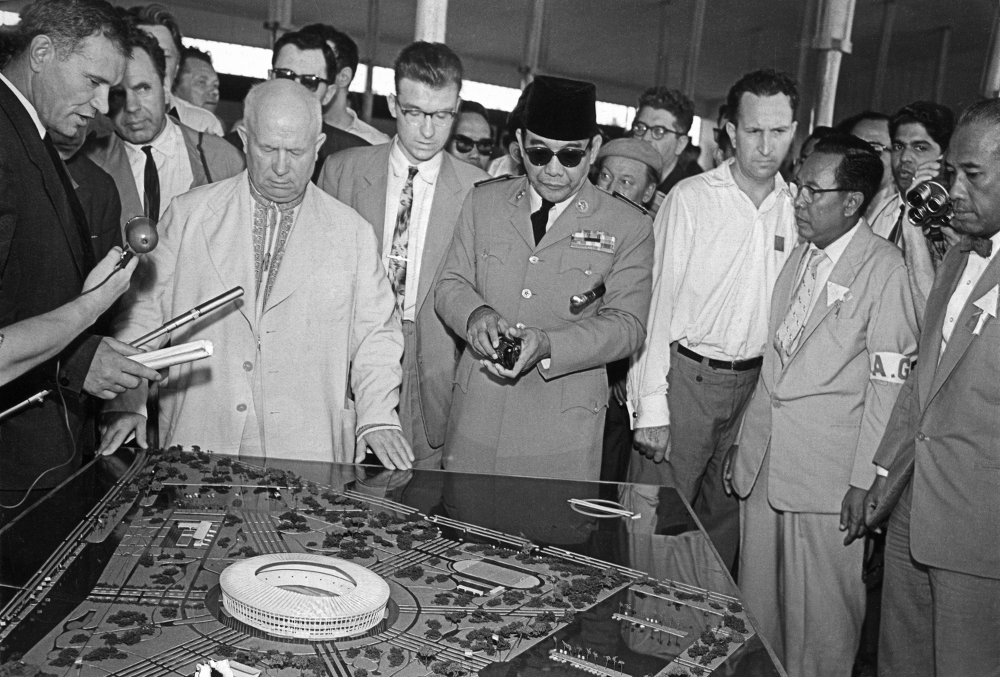Marcel Mauss, The Gift: Forms and Function of Exchange in Primitive Societies (London: Routledge and Keagan Paul, 2002); Marshall Sahlins, The Logic of the Gift: Toward an Ethic of Generosity, ed. Alan D. Schrift (London: Routledge, 1997).
Anna Tsing, “Sorting Out Commodities: How Capitalist Value Is Made Through Gifts,” HAU: Journal of Ethnographic Theory 3, 1 (2013): 21–43; Edward LiPuma and Moishe Postone, “Gifts, Commodities, and the Encompassment of Others” Critical Historical Studies 7, 1 (2020).
Kenneth E. Boulding, Martin Pfaff and Janos Horvath, “Grants Economics: A Simple Introduction,” The American Economist 16, 1 (1972), 19–28.
Pierre Bourdieu, The Logic of Practice (Cambridge: Polity, 1990); Nikolai Ssorin-Chaikov “On Heterochrony: Birthday Gifts to Stalin, 1949,” Journal of the Royal Anthropological Institute 12, no. 2 (2006): 355–75.
Łukasz Stanek, “Gift, Credit, Barter: Architectural Mobilities in Global Socialism,” Housing (e-flux Architecture, 2022), ➝.
